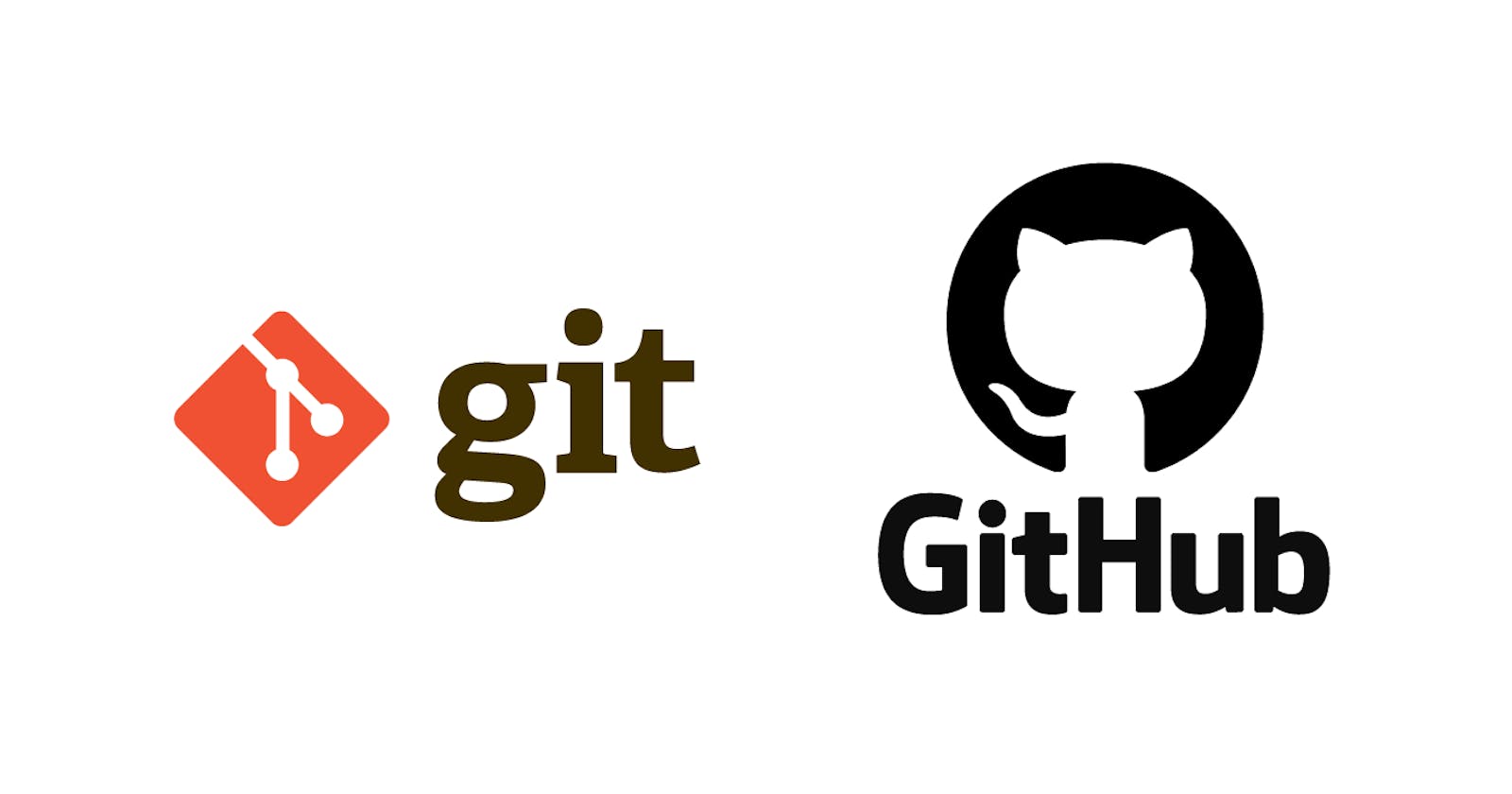Table of contents
No headings in the article.
Introduction: Git and GitHub are essential tools for modern-day developers, allowing them to manage and collaborate on code more efficiently. But for beginners, the world of Git and GitHub can be confusing and overwhelming. In this post, we'll break down the basics of Git and GitHub and show you how to get started with these powerful tools.
What is Git?
Git is a version control system that tracks changes to files over time. It allows multiple developers to work on the same project simultaneously without overwriting each other's changes. Git provides a way to manage code versions and collaborate on code efficiently.
What is GitHub?
GitHub is a web-based platform that provides a graphical interface for managing Git repositories. It allows developers to share code, collaborate on projects, and track changes to their code over time. GitHub also provides a social element, allowing developers to connect with other developers and contribute to open-source projects.
Getting Started with Git and GitHub
To get started with Git and GitHub, follow these steps:
Step 1: Install Git :
You can download Git from the official Git website. Once installed, open the Git Bash terminal on your computer.
Step 2: Set Up Your Git Identity :
To use Git, you'll need to set up your Git identity with your name and email address. Use the following commands in your Git Bash terminal:
$ git config --global user.name "Your Name"
$ git config --global user.email "youremail@example.com"
Step 3: Create a Repository :
To create a new Git repository, navigate to the directory you want to create it in using the following command:
shell Copy code
$ cd /path/to/directory
Then, use the following command to create a new repository:
csharp Copy code
$ git init
Step 4: Add Files to Your Repository :
To add files to your repository, use the following command:
csharp Copy code
$ git add filename
Step 5: Commit Your Changes :
To commit your changes to the repository, use the following command:
ruby Copy code
$ git commit -m "Your commit message"
Step 6: Create a GitHub Account :
To use GitHub, you'll need to create an account on the GitHub website.
Step 7: Create a Repository on GitHub :
To create a repository on GitHub, click on the "New" button on the GitHub home page. Enter a name for your repository and click "Create Repository".
Step 8: Connect Your Local Repository to GitHub :
To connect your local repository to GitHub, use the following command:
csharp Copy code
$ git remote add origin https://github.com/your-username/your-repository.git
Replace "your-username" and "your-repository" with the appropriate information for your repository.
Step 9: Push Your Changes to GitHub :
To push your changes to GitHub, use the following command:
perl Copy code
$ git push -u origin master
Conclusion: Git and GitHub are essential tools for developers that allow for efficient collaboration and version control. By following these steps, you can get started with Git and GitHub and start collaborating on your projects today. As you become more familiar with Git and GitHub, you can explore more advanced features and improve your development workflow even further. Happy coding!
